Leonardo da Vinci. Universal genius of the Renaissance
Leonardo da Vinci was a real genius, and equally talented in almost all areas of science and art, in which he was engaged. And he did a lot. Artist and writer, musician and sculptor, anatomist and architect, inventor and philosopher - all this is Leonardo da Vinci. Today such a range of interests seems surprising. And indeed, such geniuses as Leonardo are born even more than once a century.
The son of a notary and artist apprentice
Leonardo da Vinci was born 15 on April 1452 of the year in the village of Ankiano near the town of Vinci, near Florence. Actually, “da Vinci” means “from Vinci”. He was the son of 25-year-old notary Piero di Bartolomeo and his beloved peasant Katerina. Thus, Leonardo was born unmarried - a notary was not going to marry a simple peasant. The first years of childhood, Leonardo spent with his mother. His father, Pierrot, meanwhile, married a rich girl of his circle. But they did not have children, and Pierrot decided to take up three-year-old Leonardo. So the boy was separated forever from his mother.
Ten years later, Leonardo's stepmother died. The father, remaining a widower, remarried. He lived 77 for years, had 12 children, was married four times. As for the young Leonardo, Piero first tried to attach his son to the legal profession, but the lad was completely indifferent to her. And the father eventually humbled himself and gave 14-year-old Leonardo to the studio of Verrocchio an apprentice to the artist.
The workshop was located in Florence - then the center of science and the arts, the cultural capital of Italy. It was here that Leonardo da Vinci comprehended not only the foundations of the visual arts, but also the humanities and technical sciences. The young man was interested in drawing, sculpture, drafting, metallurgical business, chemistry, studied literature and philosophy. In the workshop of Verrocchio, besides Leonardo, studied Agnolo di Polo, Lorenzo di Credi, Botticelli often visited. After taking a course, in 1473, 20-year-old Leonardo da Vinci was accepted as a master in the Guild of St. Luke.
Thus, the main profession of Leonardo can still be considered fine arts. He was engaged in it all his life and drawing was the main source of livelihood.
Life in Milan: becoming a genius
Twenty years old, Leonardo began to work independently, the benefit of which was all the possibilities. In addition to the obvious talent for painting and sculpture, he possessed a broad outlook in the humanities and the natural sciences, and was distinguished by excellent physical training — he skillfully fenced, showed great strength. But in Florence, which was overrun with talented people, Leonardo had no place. Despite the talents of Leonardo, who ruled in the city of Lorenzo Medici had other favorite artists. And Leonardo da Vinci went to Milan.
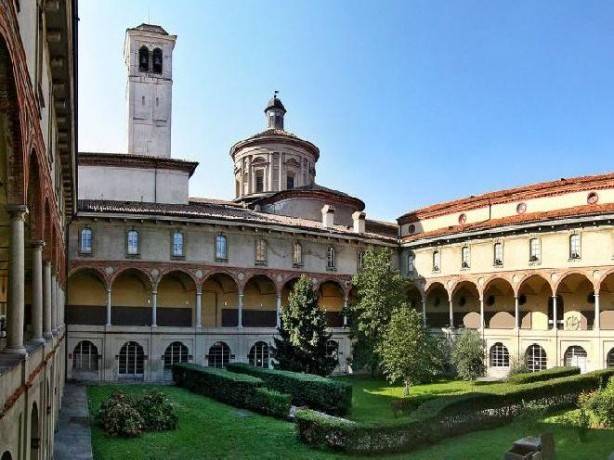
It was in Milan that the next 17 years of the great artist's life passed, here he turned from a young man into a mature husband, gained wide popularity. It is interesting that here da Vinci was realized as an inventor and engineer. Thus, on behalf of the Duke of Milan Lodovico More, he began laying water supply and sewage systems. Then da Vinci began working in the monastery of Santa Maria delle Grazie on the fresco "The Last Supper." It was one of his most successful works.
An interesting work was the sculpture depicting the rider - Duke Francesco Moreau, father of Lodovico. This statue, unfortunately, has not survived to the present. But there is a da Vinci drawing, by which you can imagine how it looked. In 1513, da Vinci arrived in Rome, participated in the painting of the Belvedere Palace, and then moved to Florence. Here he painted the Palazzo Vecchio.
Inventions da Vinci
The ideas of Leonardo da Vinci, which were revolutionary for their time, are very interesting, each of which can be called a brilliant futuristic project. So, Leonardo da Vinci developed the concept of the Vitruvian man, based on the proportions of the Roman mechanic Vitruvius. The da Vinci sketch is recognizable today all over the world - it depicts a serious man with perfect muscles.
Another ingenious invention of Leonardo - self-propelled carriage. Even then, more than five hundred years ago, da Vinci thought about how to create a vehicle that would move independently, without the help of horses, mules or donkeys. And he developed the design of a wooden “protocar”, which was driven by the interaction of springs with wheels. Already in our time, according to the drawings of Leonardo, the engineers recreated an exact copy of the wagon and saw that it was really able to drive independently.
It was Leonardo who first got the idea to develop a prototype of a modern helicopter. Of course, the design could hardly rise into the air, but this does not detract from the courage of the scientific search of the author. To manage such a machine should have a team of four people. No less impressive and the development of paraplanes with flapping wings. For da Vinci, a man’s flight over the earth was a real dream and he hoped that someone would accomplish it. Centuries passed and what seemed incredible in the 16th century came true. The man flew not only into the sky, but also into space, there appeared not only paragliders, airplanes and helicopters, but also spacecraft.
Leonardo da Vinci showed great interest in construction, in urban architecture. In particular, he developed the concept of a two-tier city, which was supposed to be more convenient for living and clean than the Italian cities of the modern artist. By the way, when da Vinci lived in Milan, Europe was struck by a plague epidemic. A terrible disease was caused, among other things, by the colossal unsanitary conditions in the then European cities, so da Vinci thought about the project of a more perfect city. He decided to create two levels of the city. The upper one would be intended for land and pedestrian roads, and the lower one - for cargo transport, which would unload goods into the basements of houses and shops.
By the way, now the idea of a two-tier city is more relevant than ever. You can imagine how comfortable and safe for traffic and transport, and pedestrians would become similar cities with underground tunnels. So da Vinci anticipated the ideas of many modern urbanists.
Tank, sub, machine gun
Although Leonardo da Vinci never had anything to do with the armed forces, he, like many advanced inventors and thinkers of his time, thought about how to improve the actions of the troops, the naval fleet. So, Leonardo developed the concept of a rotating bridge. He believed that such a bridge would be optimal for fast movement. The bridge of lightweight and durable materials attached to the cable-roller system will allow the troops to move and deploy faster in the right place.
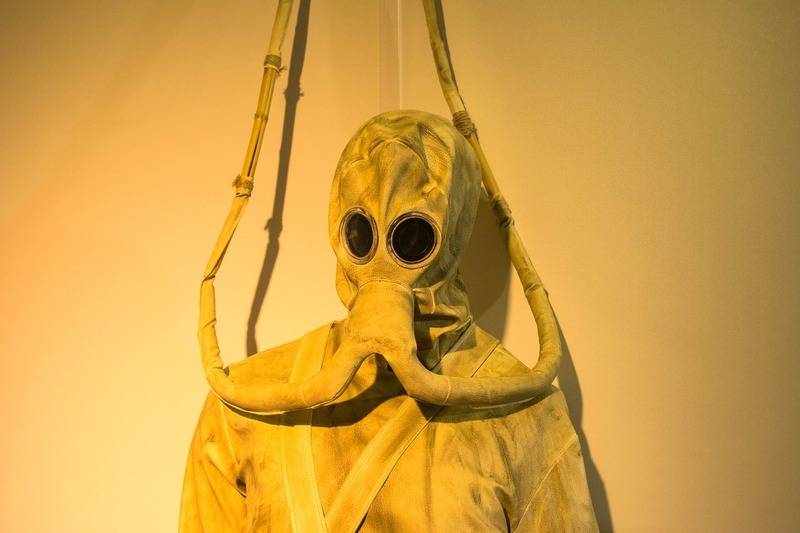
Famous and the project space suit for diving. Leonardo da Vinci lived in the era of great geographical discoveries. Many famous travelers of that time were his compatriots - people from Italy, and the Italian cities of Venice and Genoa "kept" Mediterranean trade in the sea. Da Vinci designed an underwater skin suit that was connected to a reed breathing tube and a bell that was on the surface of the water. It is noteworthy that the model of the suit even included such a piquant detail as a bag for collecting urine - the inventor took care of the maximum comfort of the diver and provided for even the most subtle nuances of submersion.
We all use corkscrew in life. But this harmless kitchen utensil was developed with completely different goals. Leonardo da Vinci came up with a prototype of a torpedo that had to be screwed into the skin of the ship and pierce it. This particular invention da Vinci believed to be used for underwater battles.
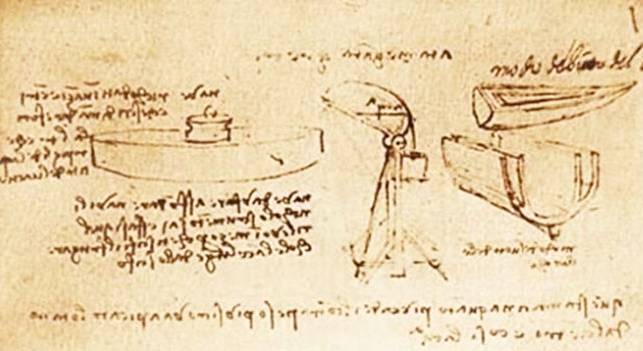
In 1502, Leonardo da Vinci created a drawing that, in the opinion of many modern historians, depicts a prototype of a submarine. But this drawing was not detailed and the inventor, by his own admission, avoided the details quite consciously. Leonardo, a former humanist, wrote next to a drawing that he did not publish a method of creating a device with which people would be able to stay under water for a long time, so that some evil people would not engage in “treacherous murders at the bottom of the seas, destroying ships and drowning them together with the team. " As you can see, da Vinci predicted the appearance of the submarine fleet and its use for attacks on surface ships and ships.
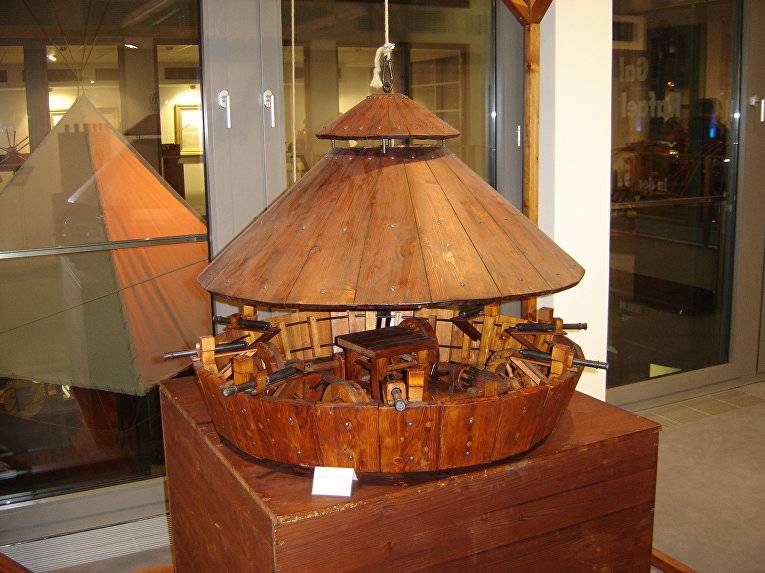
Leonardo also had a drawing of a semblance of modern tank. Of course, this is not a tank, but a specific combat vehicle. The round and closed wagon on all sides was driven by seven crew members. At first, da Vinci believed that horses could move the cart, but then he realized that people, unlike animals, would not be afraid of a confined space. The main objective of such a combat vehicle was to attack the enemy with the aim of crushing and shooting him from muskets located around the entire circumference of the vehicle. True, as in the case of the submarine, this project of Leonardo da Vinci also remained only on paper.
It is impossible not to recall and espringal - "jump". This is a device resembling a catapult operating on the principle of a twisted gum. At first, the lever is tightened with a rope, a stone is put into a special bag, and then the tension is broken and the stone flies away to the enemy. But, unlike the traditional onager, the espringal did not receive serious distribution in the armies of the late Middle Ages. With all the genius of da Vinci, his invention was seriously inferior to the ancient Roman catapult.
Another Da Vinci armament project is the famous machine gun. It was designed by Leonardo because shooting from a gunshot weapons At that time, it required constant reloading of barrels, which took a lot of time. In order to get rid of this annoying necessity, Leonardo invented a multi-barreled weapon. As conceived by the inventor, it had to shoot and recharge almost simultaneously.
The thirty-three body organ consisted of 3 rows of 11 small-caliber guns, connected in the form of a triangular rotating platform, to which large wheels were attached. One row of guns was charged, a shot was made from it, then the platform was turned over and the next row was put. While one row was firing, the second was cooled, and the third was recharging, which allowed for almost continuous fire.
Friend of the french king
The last years of his life Leonardo da Vinci were held in France. French King Francis I, who became the patron and friend of the artist, in 1516, invited Da Vinci to settle in the castle of Clos Lucé, next to the royal castle of Amboise. Leonardo da Vinci was appointed chief royal artist, architect and engineer of France and received an annual salary of one thousand ecu.
Thus, at the end of his life, the artist achieved official title and recognition, albeit in another country. Finally, he received the opportunity to calmly think and act, using the financial support of the French crown. And to king Leonardo da Vinci paid with care of royal festivals, planning of a new royal palace with change of a river bed. He designed the canal between the Loire and the Seine, a spiral staircase in the castle of Chambord.
Apparently, in 1517, Leonardo da Vinci suffered a stroke, which resulted in a numb right arm. The artist hardly moved. The last year of his life he spent in bed. 2 May 1519, the year of Leonardo da Vinci, died surrounded by his students. The great Leonardo was buried in Amboise Castle, and on the gravestone was inscribed:
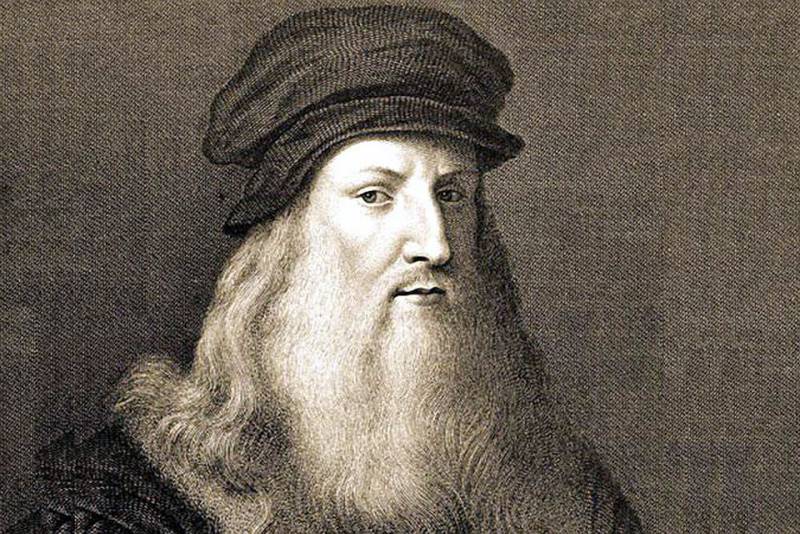
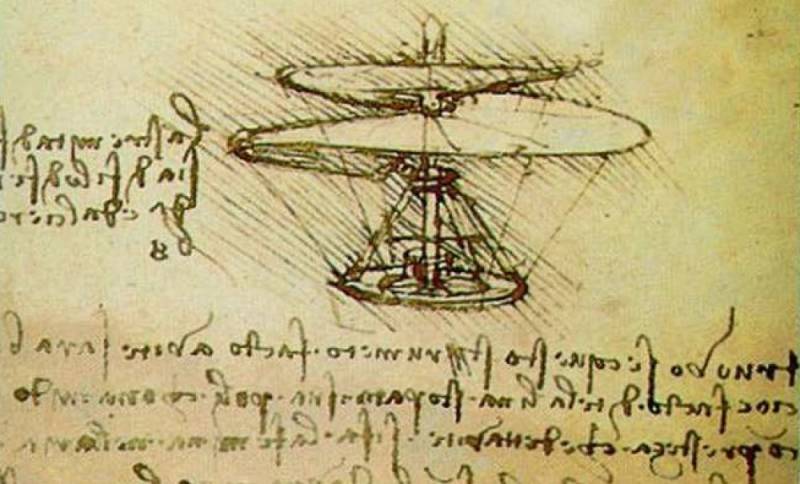
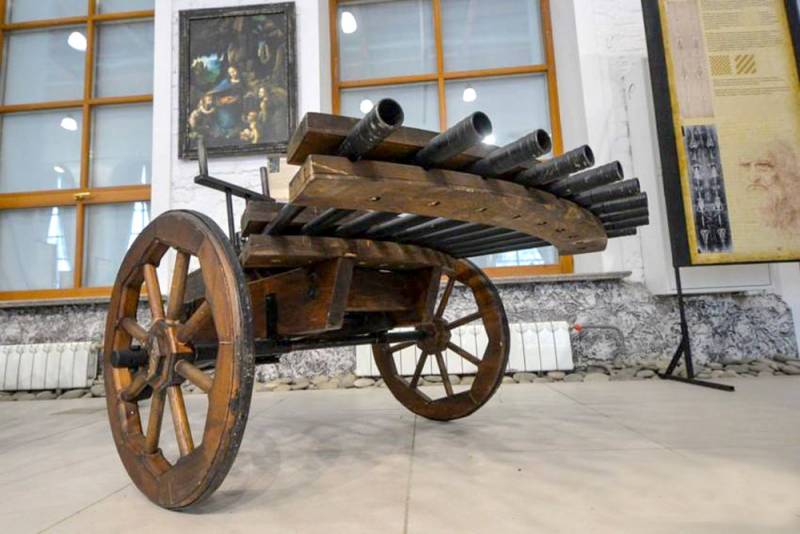
Information